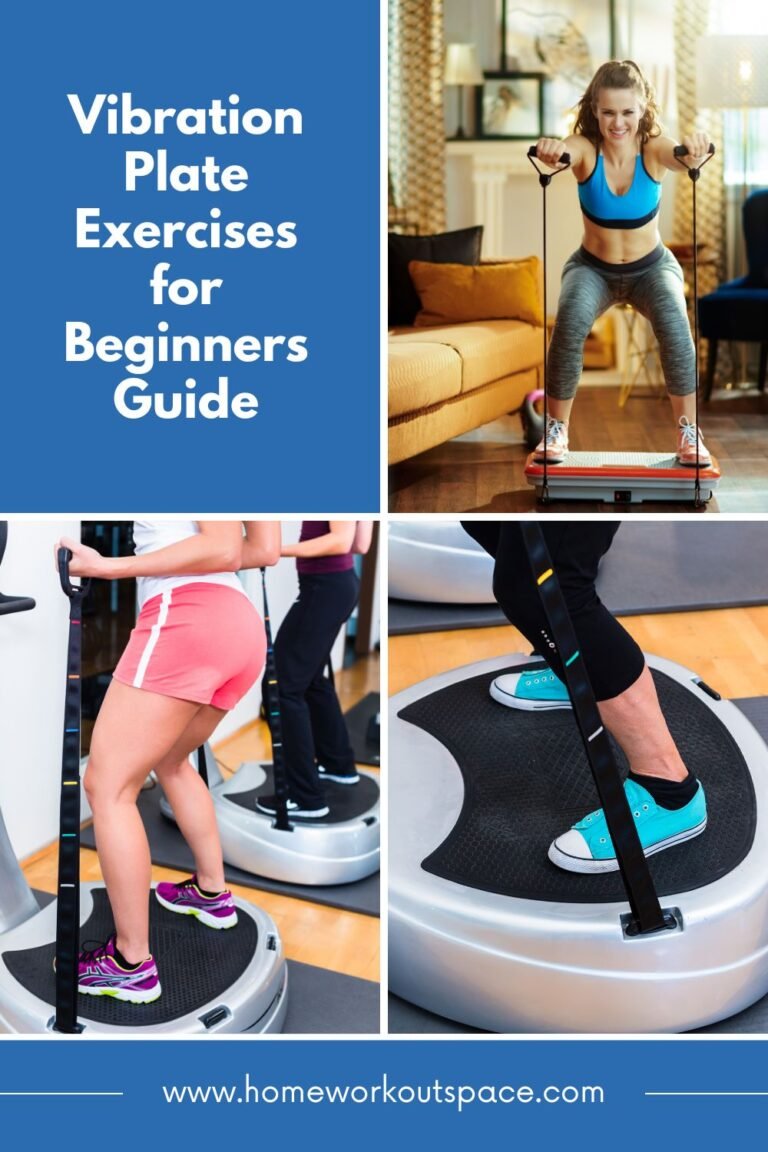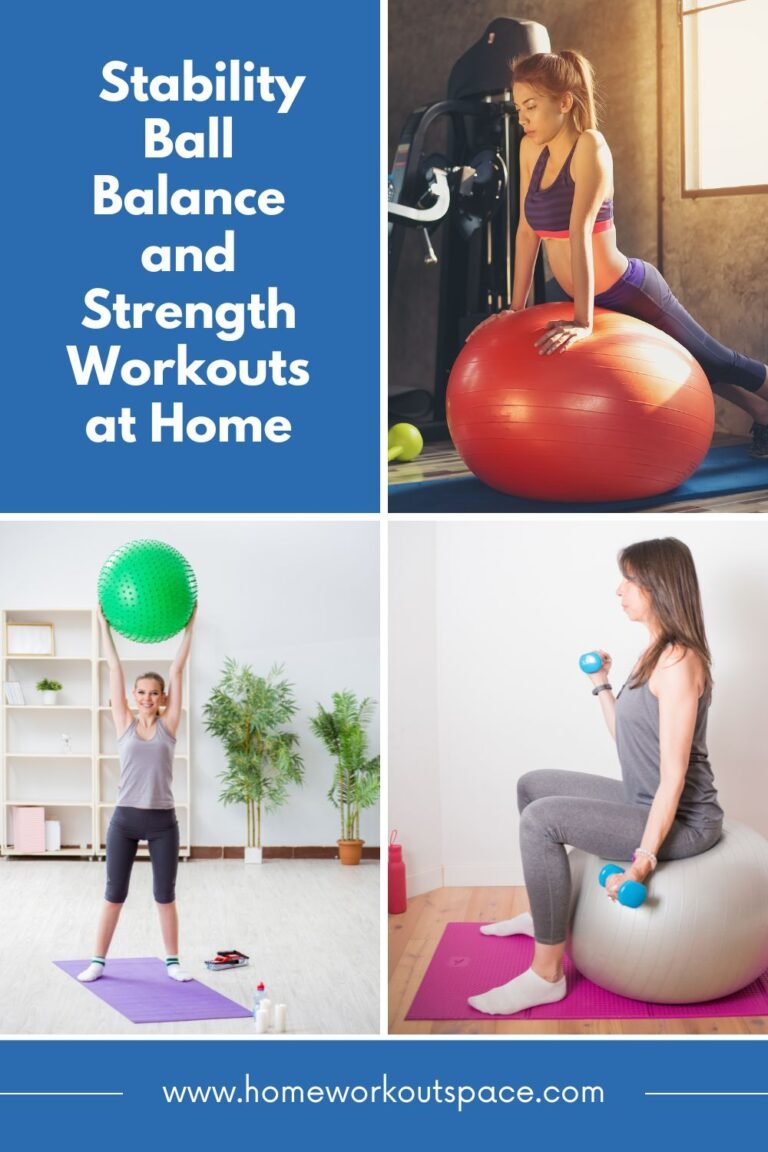Kettlebell Workouts in the Comfort of Your Home
When it comes to efficient, full-body workouts that can be done in the comfort of your living room, few pieces of equipment rival the humble kettlebell. This centuries-old Russian training tool has exploded in popularity in recent years, and for good reason.
Kettlebells offer a unique combination of strength training, cardiovascular conditioning, and functional movement that’s hard to beat.
Whether you’re a seasoned fitness enthusiast or just starting out on your fitness journey, incorporating kettlebell workouts into your routine can be a game-changer.
Natural Supplements To Help Support Your Home Workouts
✅ Increase Your Pumps And Performance
✅ Promote Muscle Growth And Boost Energy
✅ For Powerful Muscle Growth
✅ Pack On Lean Muscle
✅ Next-generation Fat Burner
✅ Supergreens For full spectrum nutrition
In this comprehensive guide, we’ll explore the benefits of kettlebell training, essential moves to master, and sample workouts to help you unleash the full potential of this versatile piece of equipment.
The Kettlebell Advantage: Why You Should Swing It
Kettlebells may seem like a simple tool, but their design and usage offer a multitude of benefits that traditional weightlifting often can’t match. Here are some compelling reasons why kettlebells should be a staple in your home gym:
- Full-Body Conditioning: Unlike many weight machines that isolate specific muscle groups, kettlebell exercises engage multiple muscle groups simultaneously, providing a full-body workout in a single session.
- Functional Strength: The dynamic, compound movements involved in kettlebell training mimic real-life activities, helping you build functional strength that translates to better performance in daily tasks.
- Increased Grip Strength: The unique shape and off-center mass of kettlebells challenge your grip strength, which is often overlooked in traditional weightlifting routines.
- Metabolic Boost: The ballistic nature of kettlebell exercises, combined with their ability to work multiple muscle groups, can lead to an increased metabolic rate, helping you burn more calories even after your workout is done.
- Versatility: Kettlebells offer a wide range of exercises that can be tailored to different fitness levels and goals, from strength building to cardio conditioning and even mobility work.
- Convenience: With a single kettlebell (or a few different weights), you can get an incredibly effective full-body workout without the need for a fully-equipped gym.
Essential Kettlebell Moves to Master
Before diving into full-fledged kettlebell workouts, it’s crucial to master the fundamental movements that form the foundation of kettlebell training. Here are some essential kettlebell exercises that every beginner should learn:
- Kettlebell Swing: This dynamic, hip-hinging movement is the cornerstone of kettlebell training. It engages the posterior chain (glutes, hamstrings, and lower back) while also working the shoulders and core.
- Goblet Squat: By holding the kettlebell close to your chest, this squat variation challenges your leg strength while engaging your core and upper body stabilizers.
- Kettlebell Deadlift: A fundamental exercise that targets the posterior chain, hamstrings, and grip strength, the kettlebell deadlift is a crucial movement for building overall strength.
- Turkish Get-Up: This complex, multi-step exercise tests your mobility, stability, and coordination while working nearly every muscle in your body.
- Kettlebell Clean and Press: This dynamic, full-body movement combines the clean (pulling the kettlebell from the ground to the shoulder) with an overhead press, targeting your shoulders, core, and legs.
- Kettlebell Swing and Snatch: These explosive movements involve swinging the kettlebell overhead, challenging your power, coordination, and cardiovascular endurance.
Remember, proper form is essential for both safety and effectiveness when performing kettlebell exercises. Consider seeking guidance from a certified kettlebell instructor, especially when starting, to ensure you’re executing the movements correctly.
Sample Kettlebell Workouts for Home
Once you’ve mastered the essential kettlebell movements, you can start incorporating them into full-body workouts tailored to your fitness goals. Here are some sample kettlebell workouts to try at home:
Full-Body Blast
- Warm-up: 5-10 minutes of dynamic stretching and light cardio
- Kettlebell Swing: 3 sets of 15-20 reps
- Goblet Squat: 3 sets of 10-12 reps
- Kettlebell Clean and Press: 3 sets of 8-10 reps per arm
- Kettlebell Deadlift: 3 sets of 10-12 reps
- Turkish Get-Up: 3 sets of 5 reps per side
- Cool-down: 5-10 minutes of static stretching and mobility work
Strength and Conditioning Circuit
- Warm-up: 5-10 minutes of dynamic stretching and light cardio
- Kettlebell Swing: 20 reps
- Goblet Squat: 15 reps
- Kettlebell Clean and Press: 10 reps per arm
- Kettlebell Deadlift: 15 reps
- Rest for 1 minute
- Repeat circuit for 3-5 rounds
- Cool-down: 5-10 minutes of static stretching and mobility work
HIIT Kettlebell Workout
- Warm-up: 5-10 minutes of dynamic stretching and light cardio
- Kettlebell Swing: 30 seconds of work, 15 seconds of rest (repeat for 4 rounds)
- Kettlebell Clean and Press: 30 seconds of work, 15 seconds of rest (repeat for 4 rounds)
- Goblet Squat: 30 seconds of work, 15 seconds of rest (repeat for 4 rounds)
- Kettlebell Deadlift: 30 seconds of work, 15 seconds of rest (repeat for 4 rounds)
- Cool-down: 5-10 minutes of static stretching and mobility work
Mobility and Core Workout
- Warm-up: 5-10 minutes of dynamic stretching and light cardio
- Turkish Get-Up: 3 sets of 5 reps per side
- Kettlebell Windmill: 3 sets of 8-10 reps per side
- Kettlebell Halo: 3 sets of 10 reps per direction
- Plank with Kettlebell Row: 3 sets of 10 reps per side
- Hollow Body Hold with Kettlebell Extension: 3 sets of 30-60 seconds
- Cool-down: 5-10 minutes of static stretching and mobility work
Remember, these are just sample workouts, and you can adjust the exercises, reps, sets, and rest periods based on your fitness level and goals. It’s also important to listen to your body and adjust the intensity or take a rest day as needed.
Kettlebell Training Tips and Considerations
To ensure a safe and effective kettlebell training experience, keep these tips and considerations in mind:
- Start Light: Begin with a lighter kettlebell weight until you’ve mastered the proper form for each exercise. Gradually increase the weight as you become more proficient.
- Focus on Form: Proper form is paramount in kettlebell training to prevent injury and maximize results. Don’t sacrifice form for heavier weights or higher reps.
- Invest in Quality Equipment: While kettlebells can be relatively inexpensive, it’s worth investing in high-quality, well-balanced kettlebells to ensure safety and longevity.
- Modify as Needed: Don’t be afraid to modify exercises or use regressions if you’re struggling with a particular movement. Building a solid foundation is crucial.
- Rest and Recover: Kettlebell workouts can be intense, so make sure to incorporate rest days and listen to your body’s needs for recovery.
- Seek Guidance: If you’re new to kettlebell training or unsure about your form, consider hiring a certified kettlebell instructor, even for a few sessions, to ensure you’re on the right track.
By embracing the versatility and effectiveness of kettlebells, you can transform your living room into a powerful training ground, achieving full-body fitness without ever stepping foot in a traditional gym. So, grab a kettlebell, master the fundamental movements, and get ready to experience the incredible benefits of this ancient, yet incredibly modern, training tool.








